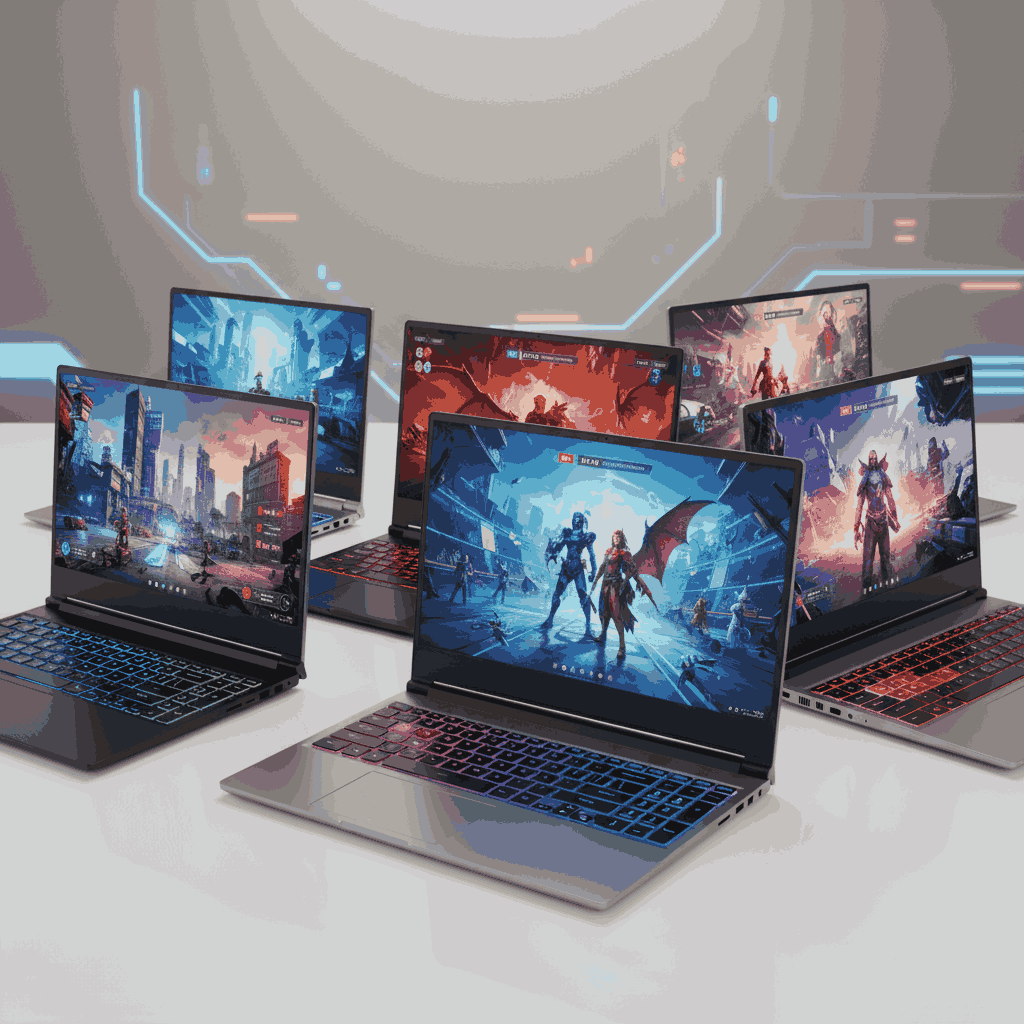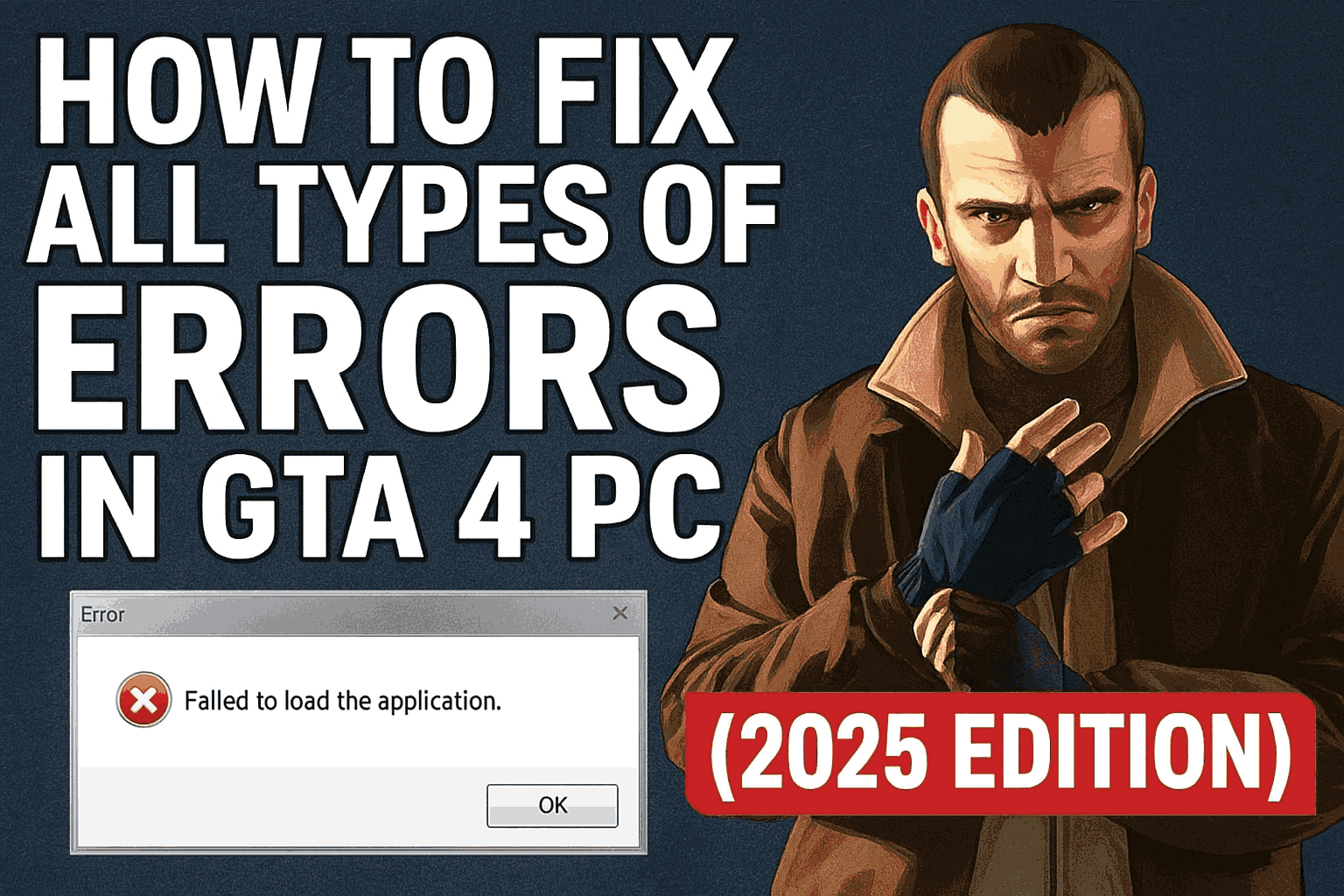Choosing a powerful gaming laptop on a budget can be challenging in 2025, as hardware advances continue at breakneck speed. However, several models deliver exceptional performance, portability, and value under $1000. This guide dives into the evolving market trends, key selection criteria, and hands-on evaluations to help you pick the ideal gaming machine.
Market Trends and the Rise of Budget Gaming Laptops
The gaming laptop segment has expanded beyond high-end, $2000+ rigs. In 2025, manufacturers are integrating:
- Next-gen AMD Ryzen 7000-series and Intel 14th-Gen Core CPUs
- NVIDIA RTX 40-series and AMD RDNA3 GPUs
- Fast DDR5 memory and PCIe 4.0 SSDs
These advancements trickle down to sub-$1000 price points, making budget laptops more capable than ever. Moreover, improvements in thermal design and battery efficiency mean portable gaming no longer demands a power brick the size of a brick.
Key Criteria for Selection
1. Processor Performance
Aim for at least a quad-core CPU with high single-thread boost clocks (4.5 GHz+).
- AMD Ryzen 5 7640HS and Intel Core i5-13400H deliver smooth gaming and streaming.
2. GPU Capabilities
Dedicated GPUs like the NVIDIA RTX 4050 or AMD RX 7600M offer real-time ray tracing and DLSS/FSR support for elevated frame rates at 1080p.
3. Display Quality
Look for Full HD (1920×1080) panels with 120 Hz or higher refresh rates and 100% sRGB coverage. IPS technology ensures wide viewing angles and accurate colors.
4. RAM and Storage
- 16 GB DDR5 is optimal; 8 GB is entry-level.
- A 512 GB PCIe 4.0 SSD balances capacity with blazing boot times and game load speeds.
5. Battery Life
Gaming laptops under $1000 typically manage 4–6 hours web browsing. Prioritize efficient CPUs and larger battery packs (60Wh+).
6. Build Quality
Expect durable plastic chassis with metal reinforcements on key stress points. Heated-up WASD zones should feel solid under intense sessions.
Top 5 Gaming Laptops Under $1000
| Model | CPU | GPU | RAM/Storage | Display | Battery | Pros | Cons | Rating |
| Acer Nitro 5 (2025) | Ryzen 5 7640HS | RTX 4050 | 16 GB/512 GB SSD | 15.6″ FHD 144 Hz | 57 Wh/6 hrs | Strong performance, good thermals, RGB keyboard | Bulky chassis, average speakers | 4.5/5 |
| Lenovo Legion 5 (2025) | Core i5-13400H | RTX 4050 | 16 GB/512 GB SSD | 15.6″ FHD 165 Hz | 70 Wh/7 hrs | Excellent display, solid build, long battery | Heavier than competitors | 4.4/5 |
| HP Omen 16 (2025) | Ryzen 5 7640HS | Radeon RX 7600M | 16 GB/512 GB SSD | 16.1″ FHD 144 Hz | 62 Wh/5 hrs | Sleek design, AMD-optimized performance | Lower ray tracing headroom | 4.2/5 |
| ASUS TUF Gaming F15 | Core i5-13400H | GTX 1660 Ti Max-Q | 16 GB/512 GB SSD | 15.6″ FHD 144 Hz | 48 Wh/4 hrs | Affordable, durable MIL-STD chassis | Older GPU generation, shorter battery | 4.0/5 |
| MSI Katana GF63 | Core i5-13400H | RTX 3050 | 16 GB/512 GB SSD | 15.6″ FHD 144 Hz | 51 Wh/5 hrs | Lightweight, value pricing | Moderate thermals, no RGB lighting | 4.1/5 |
In-Depth Analysis and User Experience
Acer Nitro 5 (2025)
Equipped with Ryzen 5 7640HS and RTX 4050, this Nitro 5 strikes a balance between raw power and value. Games like Cyberpunk 2077 average 60 FPS at high settings. The 144 Hz display makes motion feel fluid, while the chili-red backlit keyboard adds flair 😊. Gamers will appreciate its robust cooling, although the chassis is on the heavier side.
Lenovo Legion 5 (2025)
With a Core i5-13400H and RTX 4050, the Legion 5 excels in productivity and gaming alike. The 165 Hz IPS panel delivers crisp visuals, ideal for fast-paced FPS titles. Its 70 Wh battery supports all-day productivity, and the build quality feels premium. However, weight-conscious users might find it too hefty.
HP Omen 16 (2025)
The Omen 16 features AMD’s RX 7600M GPU, offering excellent rasterization performance and AMD SmartShift power management. Its 16.1″ screen provides extra real estate, perfect for both gaming and media consumption. The design is sleek and gamer-friendly, but ray-tracing workloads will hit thermal limits sooner.
ASUS TUF Gaming F15
ASUS delivers a rugged MIL-STD compliant chassis with the TUF F15. Though its GTX 1660 Ti Max-Q is last-gen, it still powers popular eSports titles at 120 FPS+. Battery life is shorter, but for gamers prioritizing durability and cost, the TUF remains a top choice 💪.
MSI Katana GF63
Lightweight and portable, the GF63 pairs a Core i5-13400H with an RTX 3050. It hits 60 FPS in AAA titles at medium settings. Thermals can spike under long sessions, and it misses RGB flair, but it’s perfect for a gamer on the go.
Visual Highlights
Sleek RGB-lit gaming setup
![Slim gaming laptop with RGB lighting]

Slim gaming laptop with RGB lighting
Performance benchmarks across top models
![Laptop performance benchmark chart]

Laptop performance benchmark chart
Immersive gaming keyboard design
![Illuminated WASD keys on gaming keyboard]

Illuminated WASD keys on gaming keyboard
Real-world use case: intense gaming session
![Gamer playing on laptop with headset]

Gamer playing on laptop with headset
Crucial components: SSD & RAM modules
![Illustration of SSD and RAM modules]

Illustration of SSD and RAM modules
Conclusion: Choosing the Right Laptop
- Best All-Rounder: Acer Nitro 5 for balanced performance and thermals.
- Best Display & Battery: Lenovo Legion 5 for high refresh rate and long endurance.
- Best AMD Option: HP Omen 16 for AMD-centric power efficiency.
- Most Durable: ASUS TUF Gaming F15 for military-grade build.
- Most Portable: MSI Katana GF63 for on-the-go gamers.
Assess your priorities—whether raw FPS, display quality, portability, or build robustness—and select the model that aligns with your gaming style and budget. Happy gaming!




